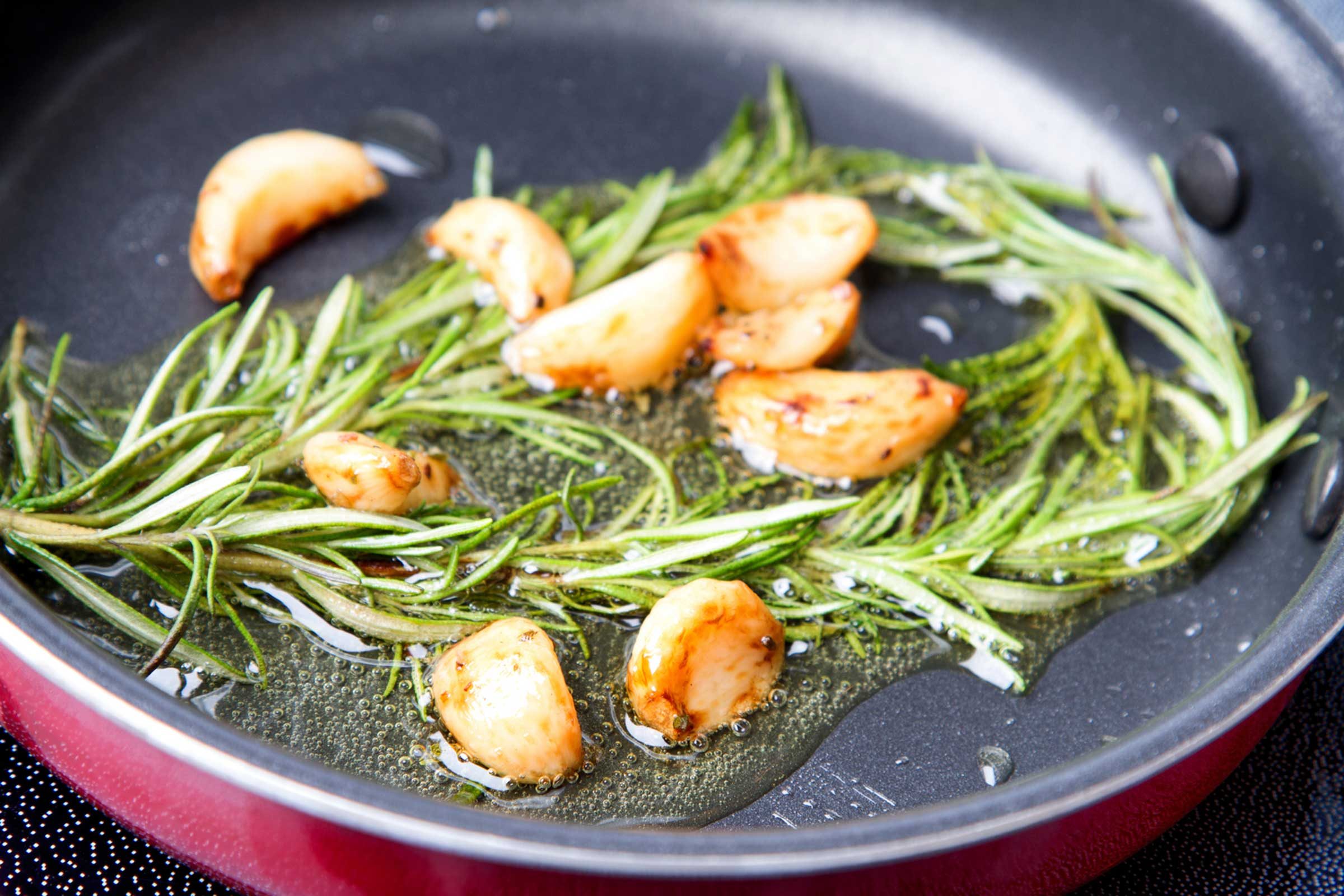
What is a low-fat diet?
The phrase “low-fat diet” sounds buzzy and promising for people looking to lose weight. After all, fat = bad, right? Well…it’s actually a bit more complex than that. Low-fat diets are often recommended for people who need to lose weight, mainly because fats are dense and provide a lot of calories, which may lead to weight gain. But fats come in many different forms and some fats are essential for a healthy body. For example, if you’re constantly cold and have dry skin, you may not be getting the right fats. Health experts recommend getting less than 30 percent of your daily calories from fat. A low-fat diet is defined as a diet where fat makes up 20 percent or less of the calories one consumes, according to Rachel Fine, MS, RD, CSSD, CDN of To The Pointe Nutrition. In extreme low-fat diets (which are not recommended by doctors), fat makes up less than 10 percent of total calories, according to Healthline. If you eat a low-fat diet, be on the lookout for the signs you’re not getting enough healthy fats.
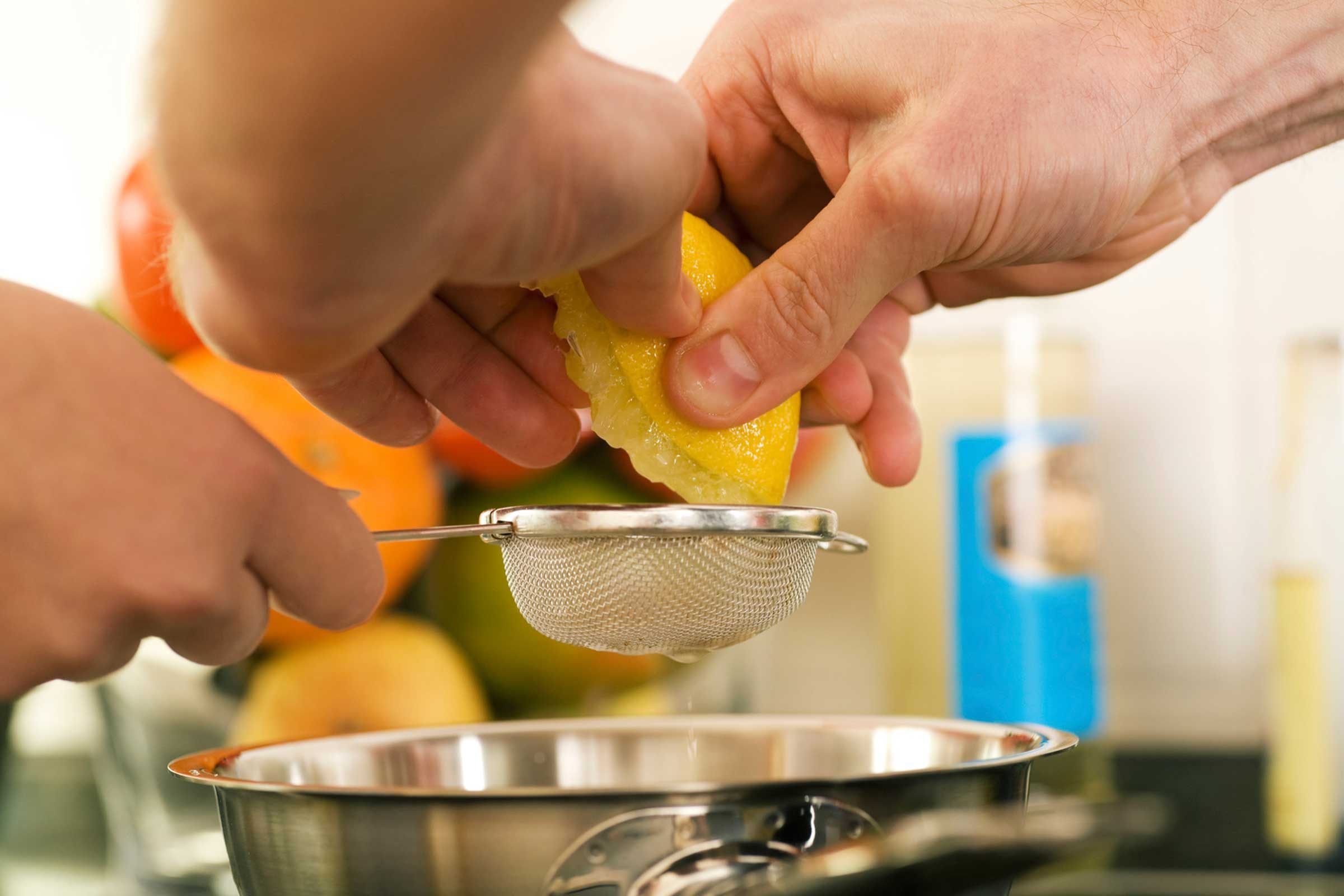
Does a low-fat diet really work?
If you want to see the health benefits of a low-fat diet, you need to pay attention to not only the total amount of fats you consume but also what types of fats you’re eating. “There is a misconception about low-fat diets for health,” Fine says. “First, our body depends on fat. Fat is an essential macronutrient promoting satiety and satisfaction at meals. Additionally, fat aids with digestion, hormone production, vitamin transport, vitamin absorption, and even bone health! When it comes to weight management and heart disease, the key is choosing plant-based sources of unsaturated fats that promote the replacement of saturated fat and trans fats.” Unsaturated fats include polyunsaturated fatty acids and monounsaturated fats, which can lower cholesterol and reduce risk of heart disease. Check out our full guide to the differences between those kinds of fats.
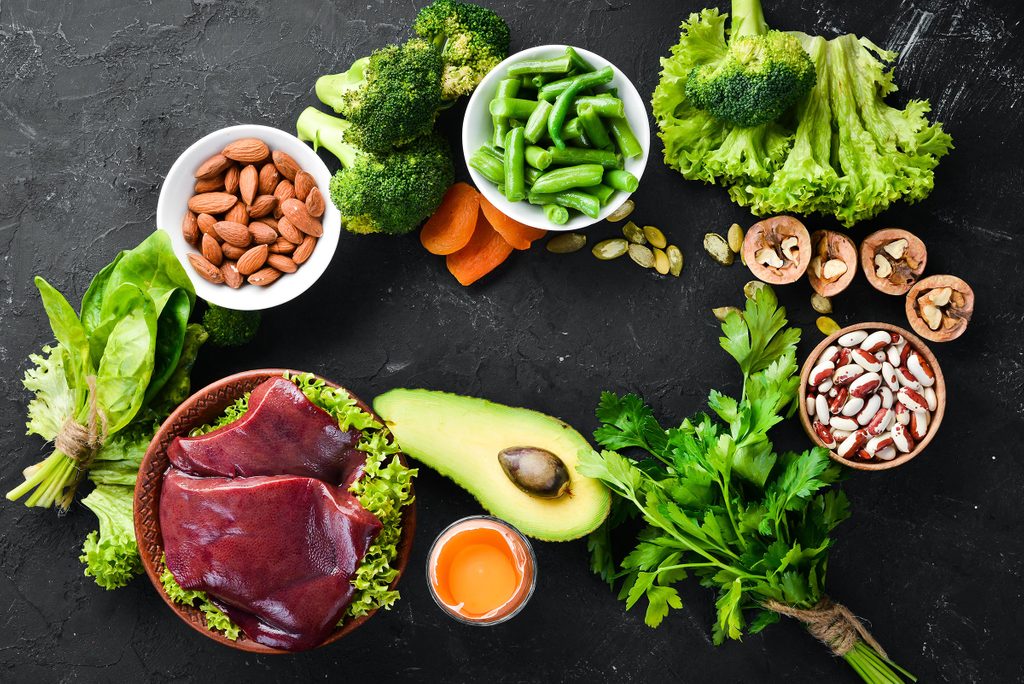
Health benefits of a low-fat diet
Eating less fat can lead to a healthier heart and body, says Natalie Allen, RD, instructor of biomedical sciences and team dietitian at Missouri State University. Look at it as a way to get to a healthy body weight that comes with a slew of other health benefits. “The main health benefit is going to be to the heart,” Allen says. “Heart disease is a pretty serious issue for both men and women, and we know too much fat can cause clogging of the arteries [and] high cholesterol and lead to more concerning things like heart disease, stroke, high blood pressure, and diabetes. That’s why we want people to limit their fat intake.”
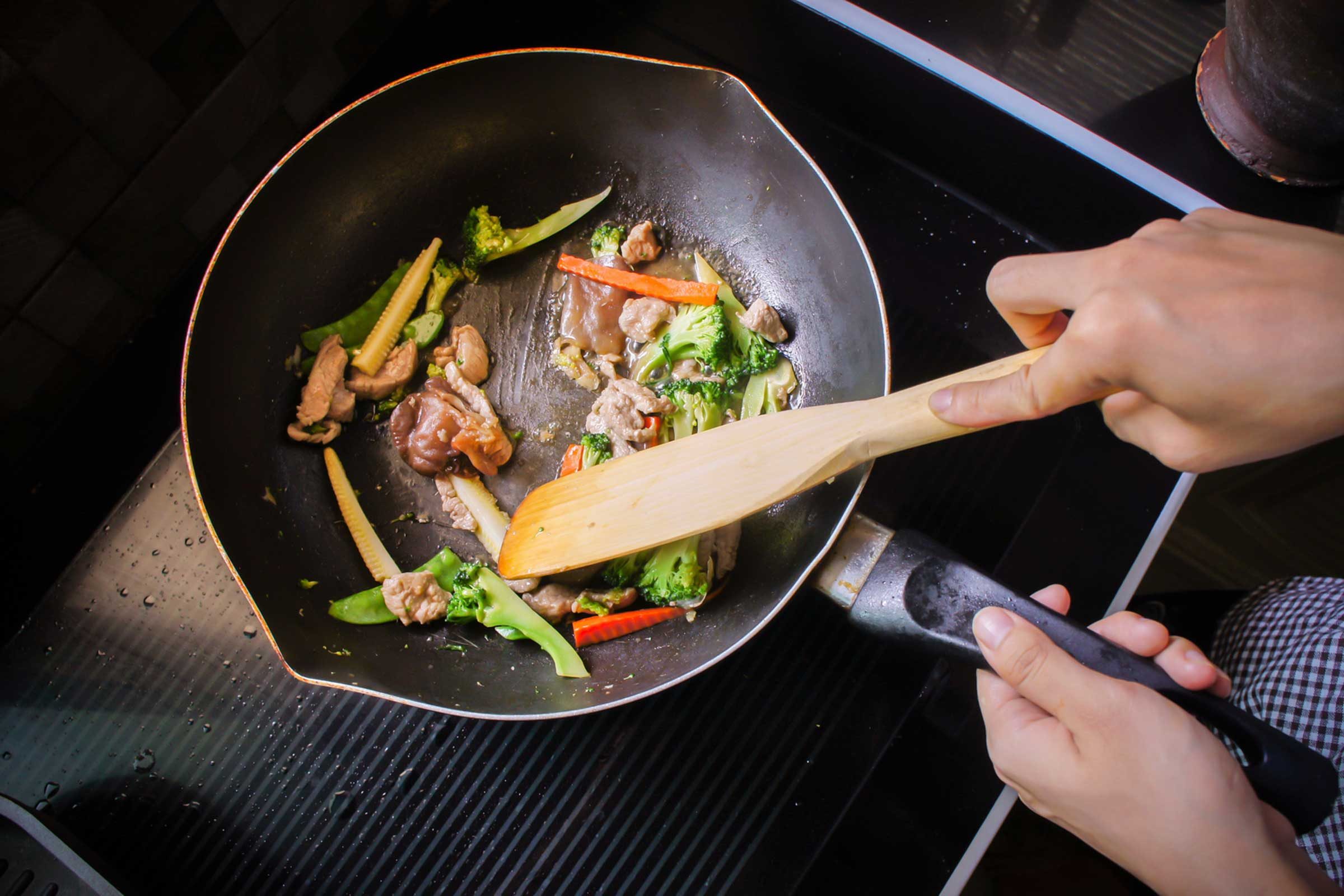
Foods you should eat on a low-fat diet
Fine recommends foods with naturally occurring unsaturated fats, like nuts, seeds, avocados, and non-hydrogenated plant oils such as olive oil and canola oil. You can also focus on foods with omega-3 fatty acids, which have a number of health benefits including helping brain and heart health. Sunflower seed butters, flaxseed, wild fish, and canola oil are abundant in omega-3s, as are eggs and beans, according to Healthline. If you find yourself needing to lose weight, here are 42 more tricks to lose weight fast.
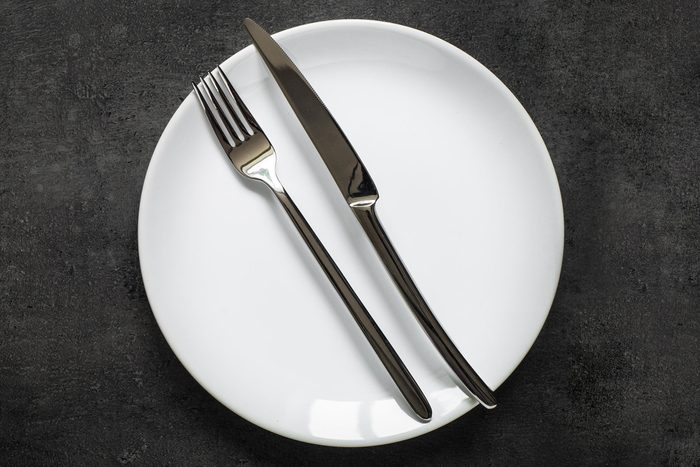
Foods to avoid on a low-fat diet
The American Heart Association recommends avoiding foods high in saturated fats, which should only make up 5 percent of your dietary intake for about 13 grams a day. Saturated fats occur in meats like fatty beef, lamb, pork, and poultry with skin, as well as dairy products like lard, cream, butter, cheese, and products made with whole or reduced fat milk. Overall, skip the red meat, as well as sugary baked goods and fried foods, which also contain high levels of saturated fats. Allen also encourages people trying to eat a low-fat diet to cut back on fried foods and gravy, sauces, and dips. Beware as well products labeled “low fat” as they could have added sugars. “Just because something’s labeled low-fat does not mean it’s healthy,” Allen says. “I tell my patients that’s not a freedom to eat as much of it as you want.” Learn how to decode more of the sneakiest words and phrases on food labels.
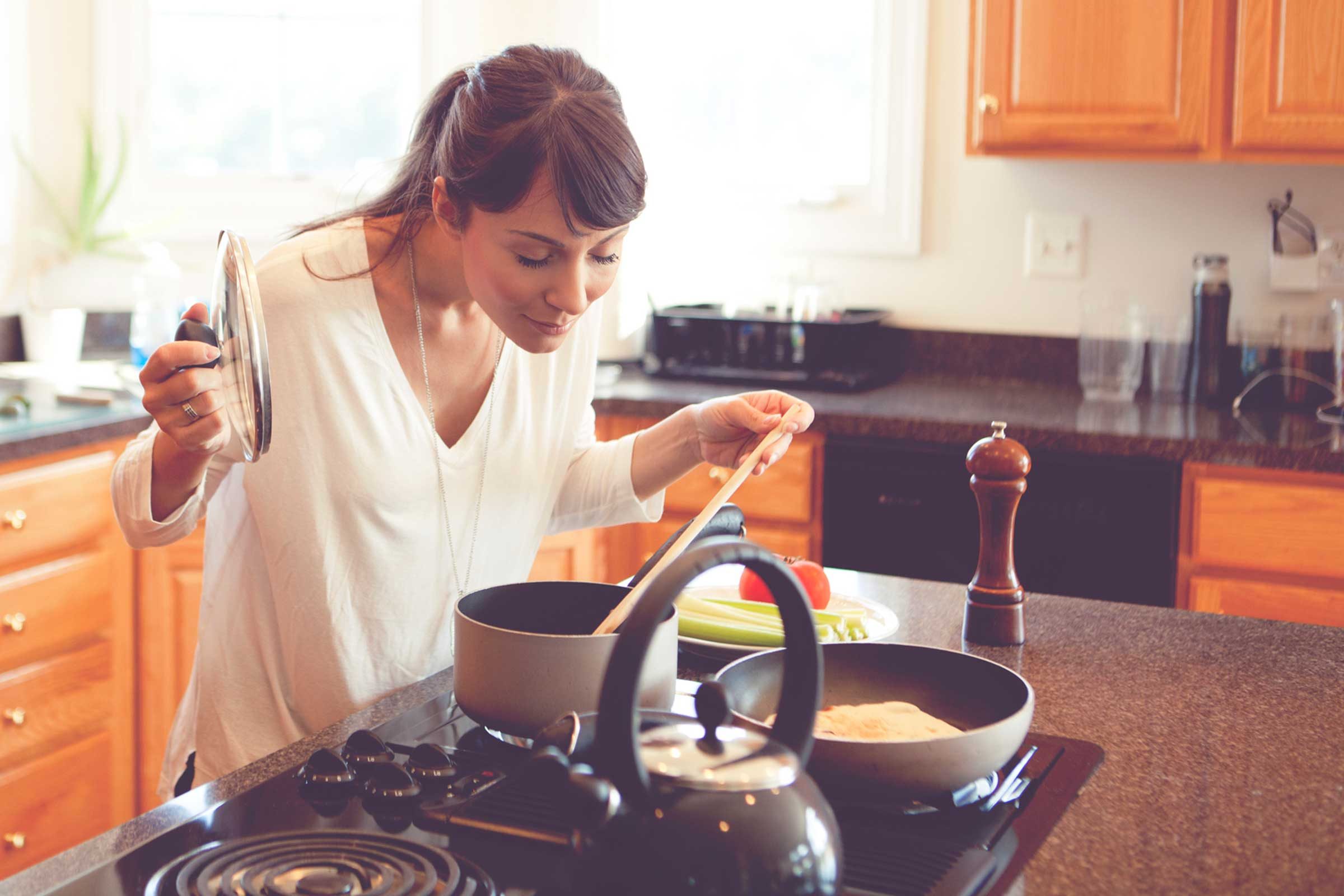
Cooking methods for low-fat diets
Grilling, boiling, and roasting don’t take extra oil or butter like pan-frying does. Throw meats and veggies on the grill or in the oven for all of the flavor but none of the extra fat. If you can’t get rid of fried food, Allen recommends trying an air fryer. When reheating, a microwave oven is a good bet. If you do decide to cook on the stove, use a nonstick pan. With less chance of sticking, you can use little or no oil. To get back some of the flavor you’re missing on the stove without oil, try using another liquid. Cooking wine or vegetable stock will make your vegetables flavorful and tender. If oil is your only option, use nonstick vegetable oil spray instead of your regular pourable bottle. You can cut even more fat with one of these healthy food swaps you never thought to consider!
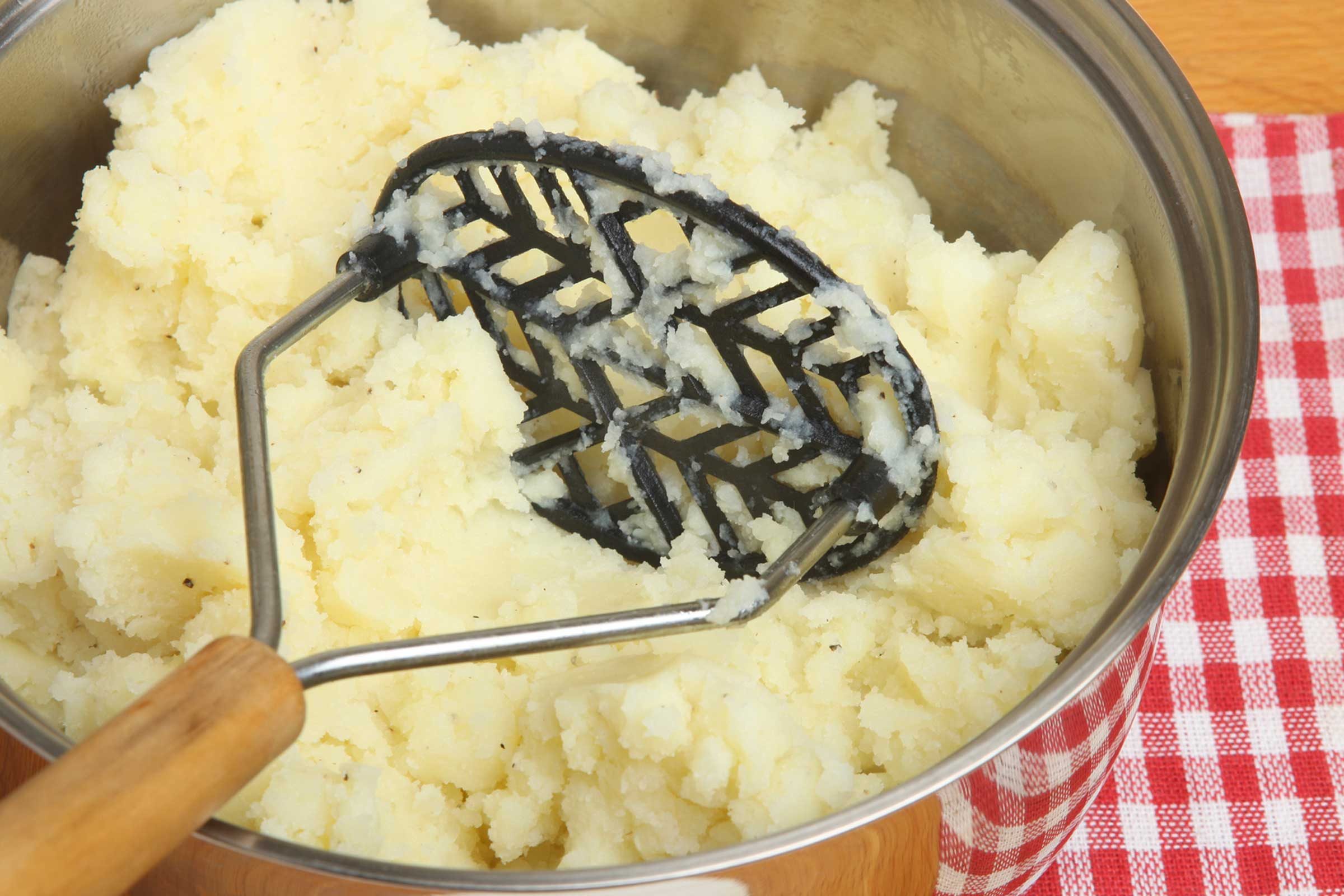
Low-fat substitutes
If you wrinkle your nose at plain steamed vegetables, don’t assume butter is the only way to make them more appetizing. Squeeze on lime or lemon juice or add a splash of seasoned rice vinegar. You can also use substitutes for creamers to still get thick textures. Toss in instant mashed potato flakes or a cooked and mashed potato, then make it smooth with an immersion blender. Don’t worry, potatoes aren’t the starchy, empty calories you think—they’re just one of many “unhealthy” foods you should stop demonizing.
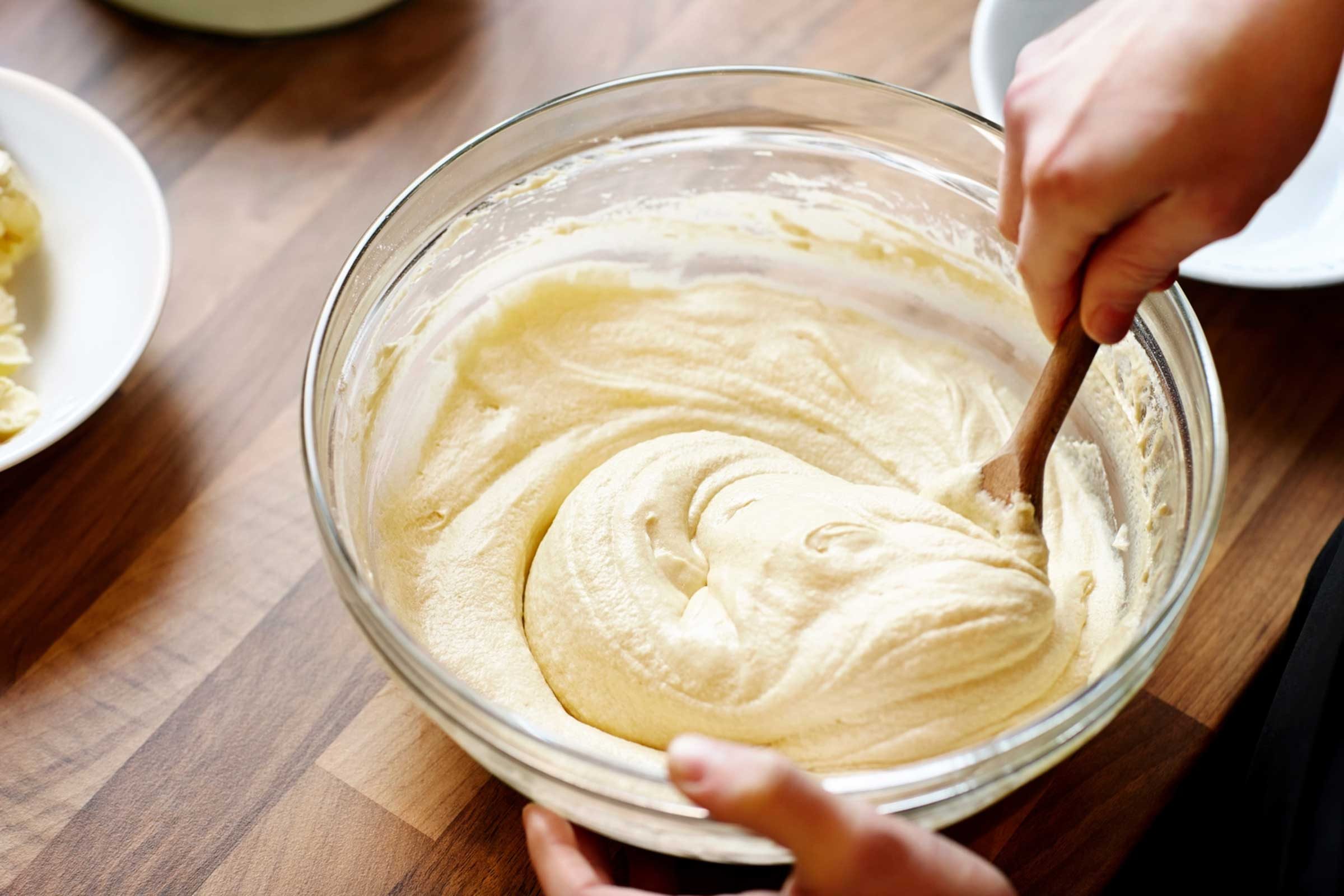
Low-fat desserts
A lot of times, the butter and oil that cake recipes and other baked goods call for are fairly arbitrary, meaning you can reduce the amount without majorly changing the texture or taste. Try cutting the suggested amount in half—if it’s too thick, add a bit more liquid. You can also skip the top crust on pies to immediately cut out butter or shortening. With a delicious fruit filling and a tasty bottom crust, you won’t miss that extra layer on the top.
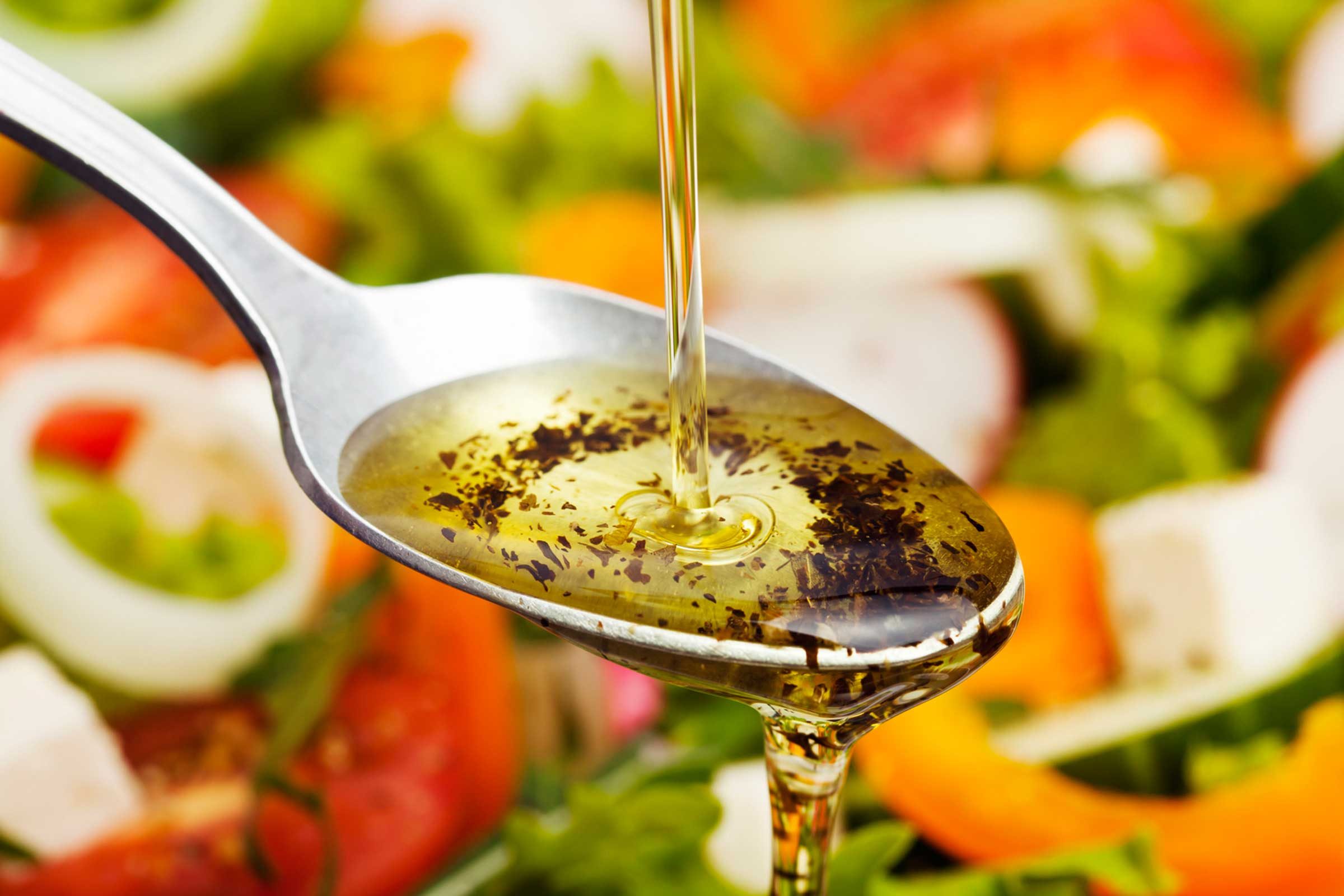
More low-fat cooking tips
Even homemade salad dressings and vinaigrettes can be chock-full of oil. Sub out all or some of the oil for vegetable stock, bean cooking liquid, or seasoned rice vinegar. For a thicker consistency without mayonnaise or sour cream, heat a tablespoon of cornstarch and a cup of water over the stove, stirring constantly, until the mixture is thick and clear. And before you start your low-fat diet, make sure you know which myths about fat you need to stop believing right now.
Every product is independently selected by our editors. If you buy something through our links, we may earn an affiliate commission.